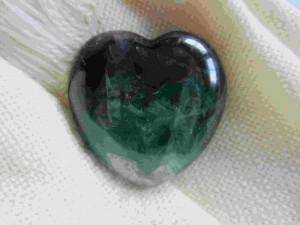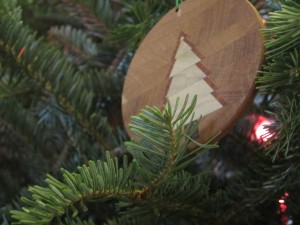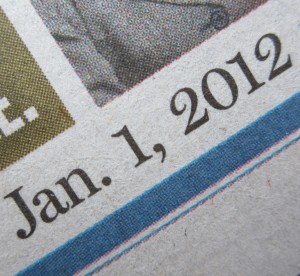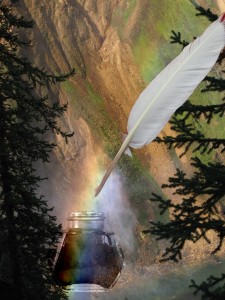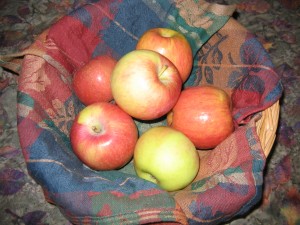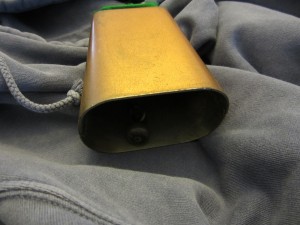
Along with a lot of other people in the country I’ve been thinking about football lately, though not for the same reasons as most everybody else. If the truth be told, I don’t even know which teams are still in the running for the Super Bowl.
What I’ve been thinking about, rather than teams’ records and the playoff results, is home field advantage.
Everybody knows that teams stand a higher chance of winning when they’re playing at home where the stands are filled with people who want them to succeed and are yelling, ringing cowbells and blowing horns to cheer them on. It’s actually surprising that teams ever manage to win their away games when they are playing in the presence of people who are rooting for their demise. But then, they are a team after all, and at least if every last person in the stands would like nothing more than to see them fall flat on their faces, they still have each other to turn to for encouragement.
In spite of our culture’s cult of individualism that tells us we should all be completely self-reliant, the truth is that most of us play our best game when we are in the company of people who believe in us and who are encouraging us to bring our best selves forth.
It reminds me of geese when they are flying long distances in formation. The lead goose in the V formation has the hardest job because he or she has to fly into the greatest resistance, while the geese behind have it easier because they are able to ride the air currents created by the lead goose. Those following in formation encourage the lead goose by honking, and eventually, when the lead goose gets tired it drops back into the formation and another takes its place to be urged on by the rest of the flock.
I love that image of being followed by a great honking chorus encouraging me on as I fly into the challenge of a difficult task. I know that kind of affirmation can make all the difference. There have been many times in my life when I could have easily become disheartened and given into weariness and discouragement were it not for the presence of people who believed in me and were cheering me on. For them I am grateful beyond words.
If you don’t have already have a community of affirmation in your life, can you imagine creating one? Are there people you know who might need you to be part of their honking chorus, calling forth their best efforts and greatest gifts? If the answer to either of those questions is yes, I hope you’ll act on the invitation, because affirmation and encouragement can be just as essential to our success as the talents we have and the visions we hold.
